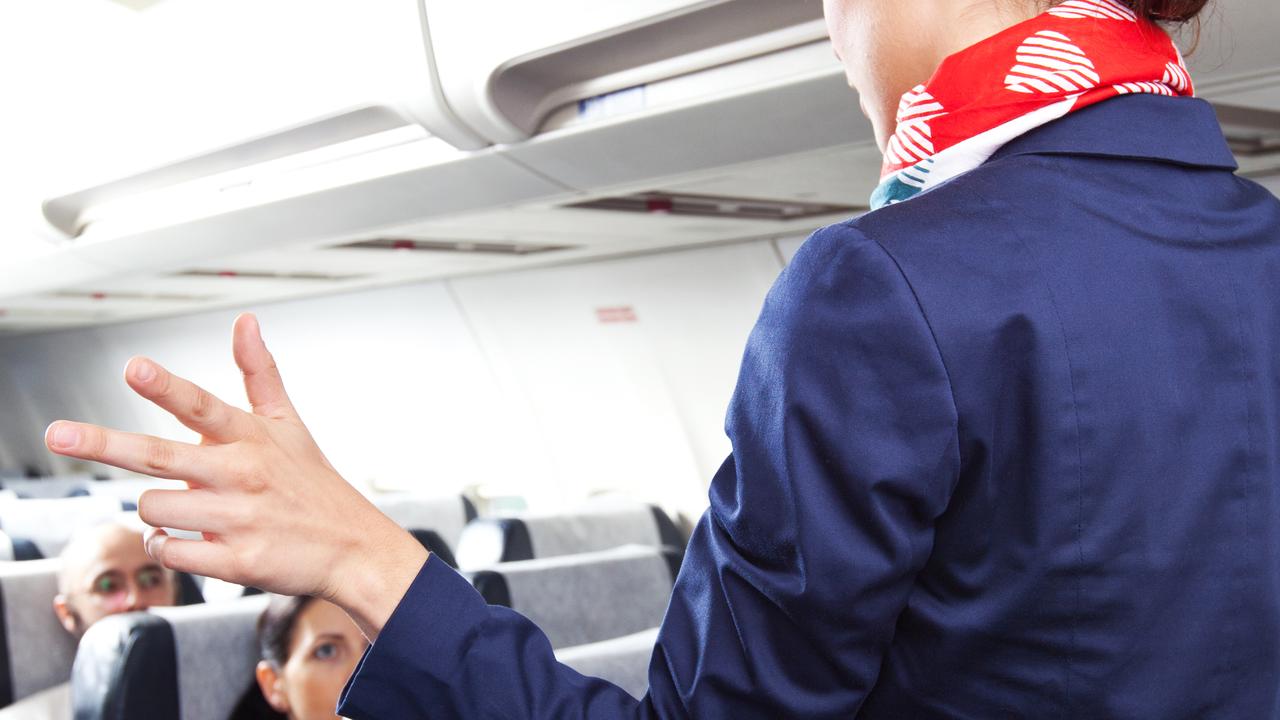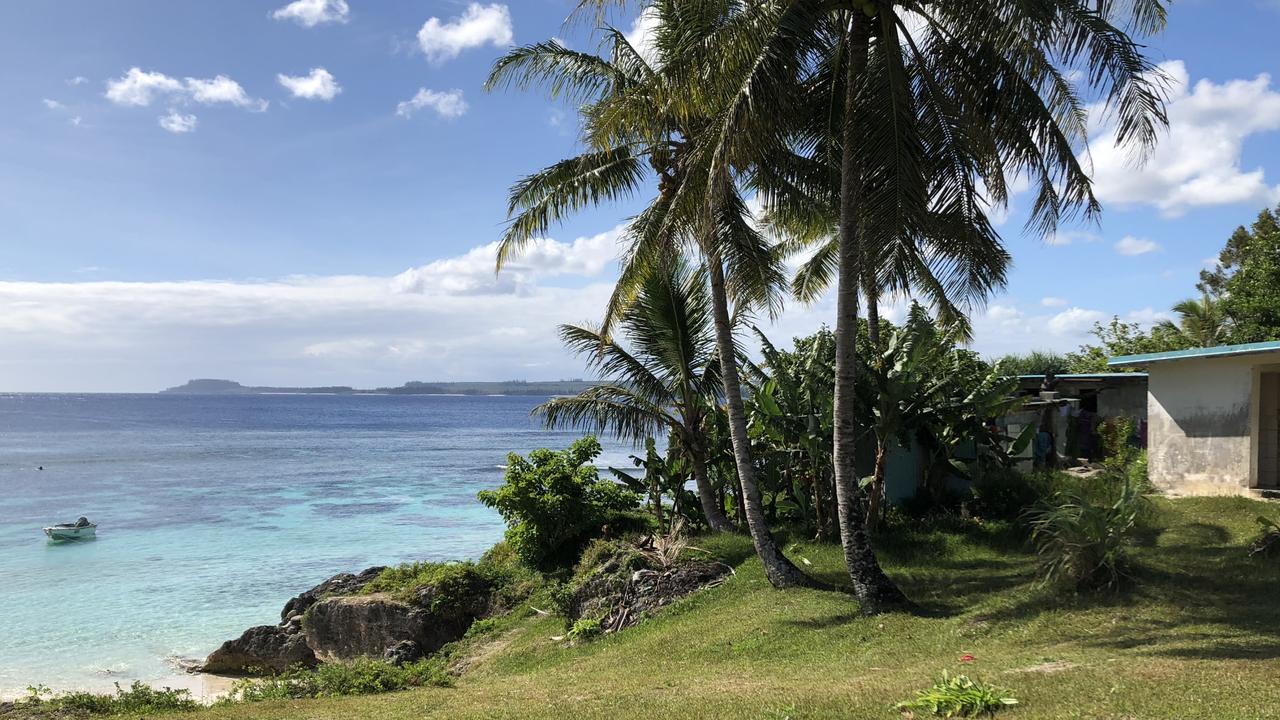Boat race festival in Samoa
DOING a boat race with members of the island race is a great way to get involved in traditional community life, writes Kari Gislason.

"IT isn't a festival without a boat race," Faumui Iese says.
We stand together on one side of a spectator boat as it follows the Teuila Festival Fautasi Race. On the shoreline, a crowd clambers down a retaining wall. It seems his is a common sentiment. Each team represents a village. But Manono, which lies between the main islands of Upolo and Savai'i, has two teams in the final. Apparently, there are a lot of young men in Manono. And, of course, being island dwellers they are natural rowers. Manono's two boats will claim first and third prize, and 60,000 Samoan tala, which I'm told will go to the village "matai", or chief. Races like these make very visible a village system that remains strong in Samoa. This is a country where individual identity is rooted in small communities, and where nationhood is as much a matter of braided village strands as it is a single, national story. To the newcomer, it isn't always obvious where the villages begin and end, or indeed where the traditions they represent overlap with modernity. Following the ring roads of Upolo and Savai'i, you notice that some are tidier, some more prosperous, but otherwise they seem alike: two or three immaculately kept churches; often a denominational school; slightly ramshackle "falepalagi" or white-people's homes (named after the colonists who introduced them); traditional fale, or oval, wooden-posted buildings; countless chickens, dogs, and pigs. On the ocean side are the beach fale, which are used for tourism and family reunions. On my first night, I sleep fitfully, too aware of the noise of the sea and the odd shower that threatens to blow in. But on the second night, when the weather clears and I'm in a fale campground that sits a little further back from the sea, I don't wake at all, and greet the dawn with the feeling that the whole world must be as spacious and calm as my view out to the Pacific. This sense of space can come at a cost, and Samoa has had its share of island disasters. In 1990, Cyclone Ofa, the worst here for 100 years, hit the northern coastline, flattening the farms and villages in its path. As we round the northwestern corner of Savai'i, we come into what was one of the worst-affected villages, Falealupo. Because of its west-facing position, it's an area long associated with traditional burials at sea, which were directed towards the setting sun. After Christianity, Samoans took to burying their dead. When Cyclone Ofa came, it unearthed these remains, joining many with those who long before were sent out to sea, and dispersing others along the beachfront. Those bones that could be found were collected and placed in an open tomb, which visitors are permitted to see. Across the road, the ruins of a Catholic church largely demolished by the storm complete the haunting commemoration, and also a very beautiful statement of village identity, past and present. A similar crisis hit the southern tip of Upolo in 2009, a tsunami that left scores dead and the landscape disfigured. There, I met an Australian couple, Chris and Wendy Booth, who had only just finished building their Seabreeze Resort when the wave hit. They watched from the honeymoon suite as it tore apart two years' work. "Rebuilding was an easy decision to make, but a difficult decision to see through," Wendy says. I'm glad they did. It makes a wonderful place to stop for lunch: the rebuilt resort includes a fine restaurant which sits like an extended boatshed on one side of a private bay. My favourite swimming spot, though, is the Piula Cave - a pool that reflects so much of what is enchanting about Samoa. A few metres from the ocean wall, a clear freshwater pool is half-encased by a lava tunnel. Above it is a theological college. A choir is practising, and while I swim into the dark I'm surrounded by voices raised to heaven, or perhaps to the sea and the ghosts of Samoa. A 30-minute drive later, I'm back in Apia for what turns out to my best meal, at Paddles, a waterfront restaurant run by Samoan-Italian Giovanni Rossi. It's Thursday night, which I'm told means Diva Night at Maliu Mai, a club that sits a few streets back from the harbour. It's here the weaving of old and new finally leaves me breathless. Samoan culture has traditionally included a third gender known as the fa'afafines, boys who are raised as girls. But tonight the fa'afafines have taken some inspiration from Oxford St: the heels are very high, the make-up is applied thickly, and I'm in their sights. The performers are not delicately built, but early into the second number I find one has joined my table, or rather climbed on to my table to more easily climb on to me. Then, when the table becomes a hindrance, it is lifted out of the way with startling ease. I am left fully exposed. A skirt is flung over me. It's as dark as the cave at Piula, but the music that finds its way in is quite different. The final number is Tell Him, in which the Samoan incarnations of Celine Dion and Barbra Streisand duel for me. I am to join them on stage and, before I know it, I find myself torn between the two fa'afafines, and between the old and new worlds they represent. -- The writer was a guest of the Samoa Tourism Authority. -- * Go2 - SAMOA - Getting there Air Pacific flies to Apia via Nadi in Fiji from Sydney. See airpacific.com Air NZ flies to Apia via Auckland from Sydney. See airnewzealand.com.au - Staying there For basic accommodation, try Tanu Beach Fales(samoa.travel/accommodation/a41/Tanu-Beach-Fales). For mid-range, see Aggie Grey's Hotel and Bungalows (aggiegreys.com). For a modern city base, try Tanoa Tusitala (tanoatusitala.com). More: samoa.travel



